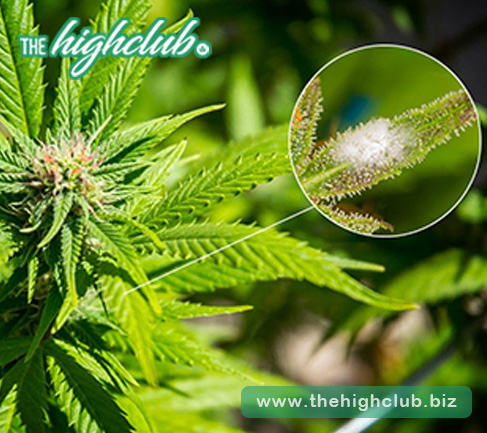Uncategorized
How to identify and avoid buying moldy weeds?
What is mold?
Mold is a general term for fungi, which reproduce through lightweight air spores. Humans inhale or ingest a very small amount of mold every day. Since a healthy immune system can successfully prevent any damage, it is usually harmless to use it in small amounts.
The mold on hemp buds is the same as the mold on other plants. The most common are Botrytis (causing bud rot), Mucor, Cladosporium, Rhizopus and Penicillium (molds that cause penicillin). Molds thrive in humid or lack of proper ventilation.
In cannabis, mold usually forms when the flower buds are not properly dried, although it may form in the early stages of cultivation, such as in a growing room that is too humid. Improperly dried weeds are stored in a sealed container for maintenance, creating an ideal place for the growth of mold.
Mold spores are difficult to remove. They can withstand the heat of a lighter while smoking, and will not burn in the oven when weeding. Some molds also produce mycotoxins, which may cause cancer.
How to check for moldy weeds?
1. Use the naked eye method
Visual inspection of weeds is by far the easiest way to check for mold.
Healthy marijuana should be covered with slender, shiny hair. The trichome is a luminous gland with tiny hairs, almost crystal-like in structure, separated by obvious hairy nodules with gaps in between.
When you visually inspect your flower buds, these are important signals to remember.
Some molds look like budding spider webs, leaving behind a gray or white cotton candy-like ribbon. This may also be caused by spider mites, but you also don’t want to smoke weeds that breed bugs.
The other type of mold looks a lot like Kiefer, but is far from the real one. Powdery mildew is a form of fungus that appears as a gray or white powder. Its color is usually dull and soft, and it looks like dust compared to hair or Kiefer’s glitter.
Other signs of mold include dark spots, gray or yellow fluff, or slimy residue. If you find mold in your cannabis, quickly dispose of it and check the facility or container where it is stored to make sure it has not spread to other buds.
2. Use your nose
The countless terpenoids in cannabis present a variety of aromas, from moist to exotic fruits to skunks. However, moldy weeds have a very unique and unpleasant smell. Moldy marijuana smells like human sweat, urine, or moldy hay, all of which can make the nose disgusting. A quick smell should tell you if your weed is infected with mold.
However, sniffing is not foolproof. Some people are more sensitive to the aromatic smell of cannabis than others, and some users who are allergic to mold may react if they smell it too close. Some molds do not produce odor, especially insect pests that have just taken root.
3. Use tool to check mold
Consumers can also use low-power microscopes to detect mold in weeds, and many microscopes are cheap online. Under the lens, the filaments produced by the mold look nothing like foamy trichomes. If it doesn’t look like weeds, it may be mold.
Black light can also help reveal the mold spores in your buds. Most molds emit a weird green light under black light, which makes it easier to identify.


